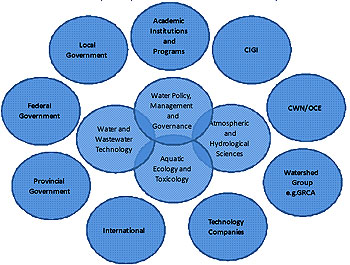Building on existing strengths and assets within the community
Every community has its own strengths and assets. These can include natural resources, human resources, social capital, and cultural assets. It is important to build on these strengths and assets to develop sustainable and resilient communities. By building on existing strengths, we can reduce the need for external assistance and ensure that communities are able to meet their own needs in the long term.Providing opportunities for community members to participate in decision-making and planning processes
Community members should be involved in all aspects of the development process, from needs assessment to implementation. This is because they are the experts on their own lives and communities, and they have the most to gain from successful development initiatives. By providing opportunities for community participation, we can ensure that development initiatives are responsive to the needs of the community and that they are sustainable in the long term.Supporting capacity-building and skill-development within the community for climate resilience
Climate change is a major threat to development, and it is important to support communities in building their capacity to adapt to climate change. This can be done by providing training in climate-resilient agriculture, water management, and disaster risk reduction. It is also important to support the development of community-based organizations that can advocate for climate change adaptation and mitigation.By listening to the needs and concerns of community members, building on existing strengths and assets, providing opportunities for community participation, and supporting capacity-building and skill-development, we can help communities to become more resilient to climate change and to achieve sustainable development.
.jpg/800px-The_life_cycle_of_a_Sun-like_star_(annotated).jpg)


